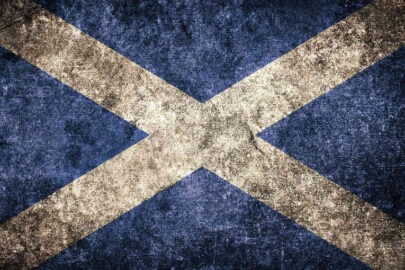Your Move and Acadata have reported that Scotland is continuing to lead house price growth in the UK, with an annual increase of 3.9% in the year to July.
That compares with just 2.9% in the West Midlands, which leads growth in England (excluding Greater London). Scotland’s growth is more than double the 1.8% annual growth for England and Wales as a whole.
However, on a monthly basis, prices in Scotland fell for a third consecutive month in July, dropping 0.4%. That still leaves the annual growth rate only slightly below the 4.0% it stood at a year ago, however, and the average price of a house in Scotland at £181,075, up £6,879 annually.
Christine Campbell, Your Move managing director in Scotland, said: “The market in Scotland is holding on. While everything is notably slower, almost all areas continue to show annual growth, and drops still remain modest.”
Alan Penman, business development manager for chartered surveyors Walker Fraser Steele, said: “We’re seeing annual growth in the big cities in Scotland, and as long as that continues, it provides a solid foundation for the market here to weather more difficult times.”
While price growth has slowed in Scotland, the market continues to be supported by low interest rates and more affordable housing than most regions in the UK. Despite the slowdown, UK Finance data shows mortgages taken out in the second quarter in Scotland are down just 2.6% down on the same period last year. Half of these were first time buyers.
The major cities, which account for the lion’s share of sales in Scotland, have proved resilient. Prices in Edinburgh are up 4.6% annually at £266,614, while growth in Glasgow stands at 4.1% at £159,700. Together the two cities account for 32% of Scotland’s increase in average house prices since July 2017, on a weight-adjusted basis.
Growth is led by the Shetland Islands, at 14.6%, with increases across all property types, but particularly in detached properties. On the mainland, prices in West Dunbartonshire, which has direct trains to both Glasgow and Edinburgh, have increased 12.6%, boosted by sales of high value properties over £300,000. West Lothian, another major contributor to the market, meanwhile, has also recorded double digit annual growth, with prices up 12%.
On a monthly basis, increases are led by Stirling, with prices up 3.7% in July to £208,077. It was one of two areas to set a new peak price in the month, with Renfrewshire the other. Prices there increased 1.4% in the month and are up 8.5% annually to reach £156,619.
When it comes to prices falls, the biggest are in East Ayrshire, the second cheapest area in Scotland, which has seen prices drop 3.1% annually, while the second biggest drop is in East Renfrewshire, the second most expensive area in the country. Prices there are down 1.3%, as they are in Aberdeen City, too.
